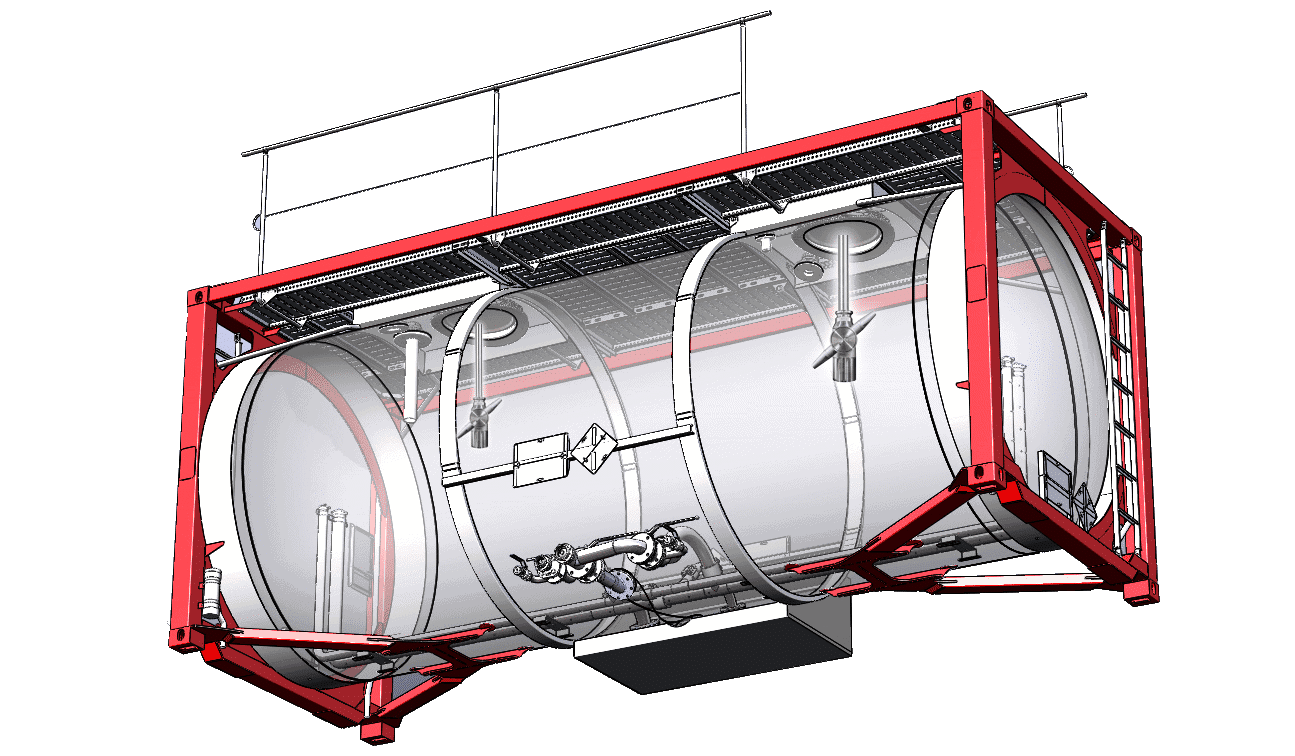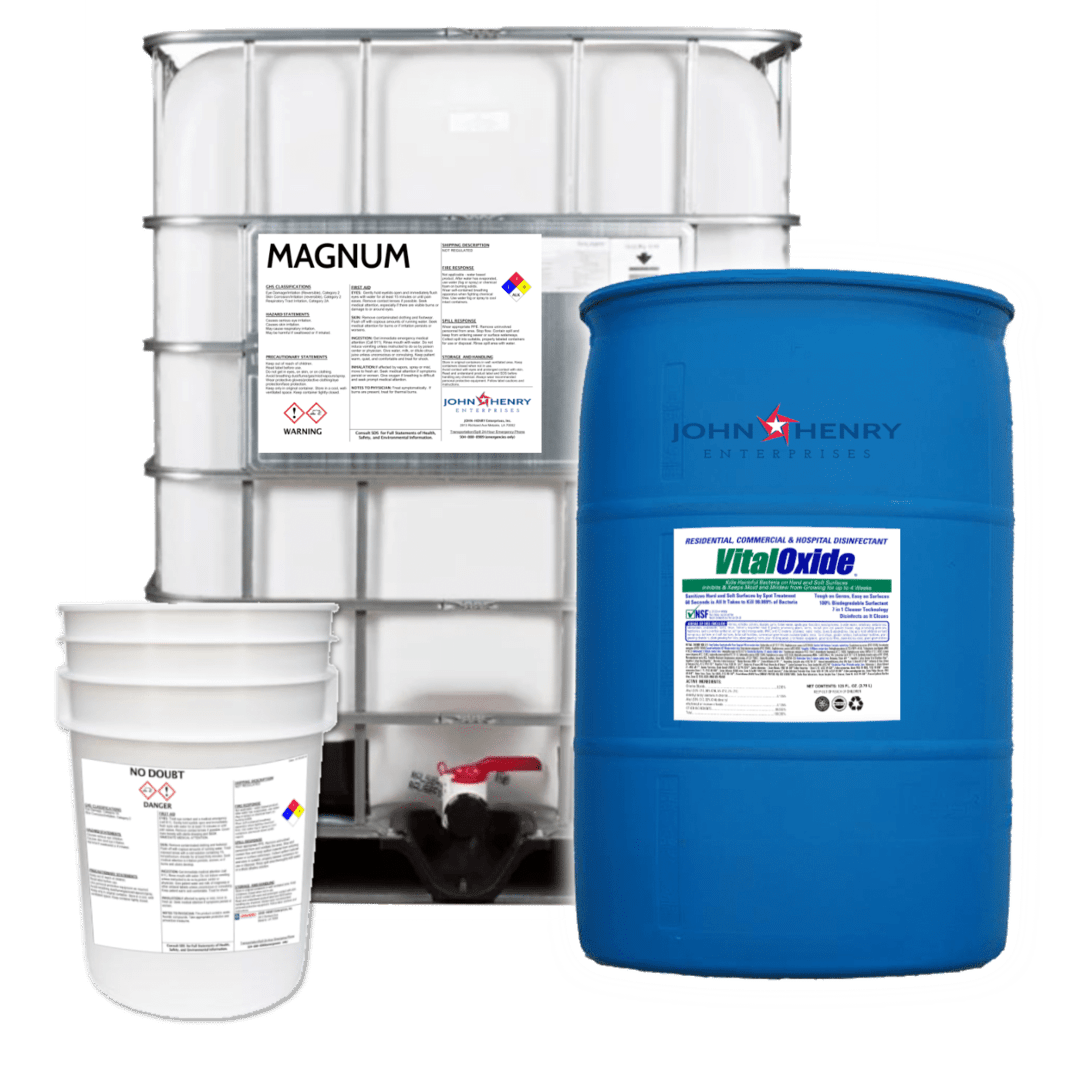The Easiest Way To Break An Emulsion

That's right. Don't form it in the first place. This is especially applicable to operators cleaning tanks that contained lube oils and lube oil additives, because, once an emulsion is formed, skimmers, separators, and other oil separation equipment is basically useless. Most of these devices work on the principle of gravity separation. Oil is lighter than water. These devices coalesce small oil droplets into larger ones that separate from the water rapidly. These are easily removed.
Some operators will employ a detergent wash first to clean a tank that has carried lube oil or additives. Lube oils and additives contain soaps and other SURFACTANTS. These, combined with the surfactants in the detergent, act as EMULSIFIERS for oils. These emulsifiers, along with agitation from the washing, cause the oil to form an emulsion. An emulsion is a dispersion of extremely fine droplets of oil in water. These droplets are coated by a layer of emulsifier and water and are so small that they do not separate readily. Also, the water/emulsifier barrier layer prevents them from coalescing into larger, more readily separable droplets. Since the oil does not separate, even the finest oil removal equipment is rendered ineffective.
The best way to clean a tank that has carried lube oil or an additive is to pre-solve it with diesel at an elevated temperature. This will thin and remove most of the oil or additive (which can be captured and sold) and leave only a thin film that is easily removed by a detergent wash.
Es correcto. En primer lugar, no la forme. Esto es especialmente aplicable para operadores de limpieza de tanques que transportaron aceites lubricantes y aditivos de aceites lubricantes, porque, una vez que se forma una emulsión, los separadores, recogedores y otros equipos para la separación de aceite son básicamente inútiles. La mayoría de dichos aparatos trabajan con el principio de la separación por gravedad. El aceite es más liviano que el agua. Dichos aparatos aglutinan las pequeñas gotas de aceite para formar otras más grandes que se separan del agua rápidamente. Estas son fácilmente removidas.
Algunos operadores primero emplean un lavado con detergente para limpiar un tanque que ha transportado aceites lubricantes o aditivos. Los aceites lubricantes y aditivos contienen jabones y otros SURFACTANTES. Estos, combinados con los surfactantes del detergente, actúan como EMULSIFICANTES para el aceite. Dichos emulsificantes, junto con la agitación del lavado, causa que el aceite forme una emulsión. Una emulsión es la dispersión de gotas de aceite extremadamente finas en agua. Dichas gotitas son cubiertas por una capa de emulsificante y agua, y son tan pequeñas que no se separan fácilmente. También, la capa de la barrera de agua/emulsificante evita que se aglutinen en gotitas más grandes, y más fáciles de separar. Ya que el aceite no se separa, aún el mejor equipo de separación de aceite se torna inefectivo.
La mejor manera de limpiar un tanque que ha transportado aceites lubricantes y aditivos, es pre-disolverlo con diesel a una temperatura elevada. Esto diluirá y removerá la mayor parte de aceite o aditivo (el cual puede ser recuperado y vendido) y dejará sólo una fina película que es fácilmente removida con una limpieza detergente.
TANK CLEANING SYSTEMS
CHEMICALS – EQUIPMENT – WASTE WATER
INDUSTRIAL-GRADE PRESSURE WASHERS
PARTS – ACESSORIES – SERVICE
GLOBAL
CHEMICAL SALES
Call us
1+ (504) 888-8989

© John-Henry Enterprises – All rights reserved | Site designed & maintained by Sweetpea Works LLC



